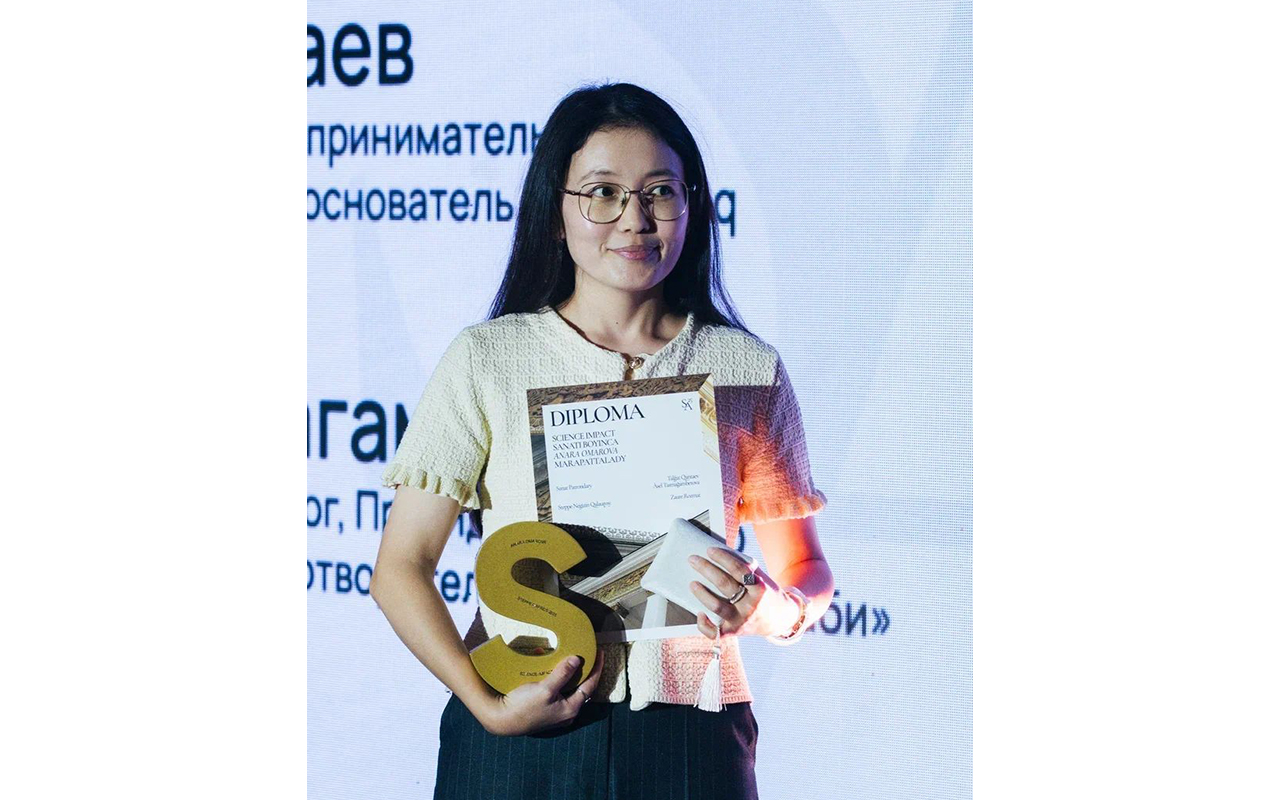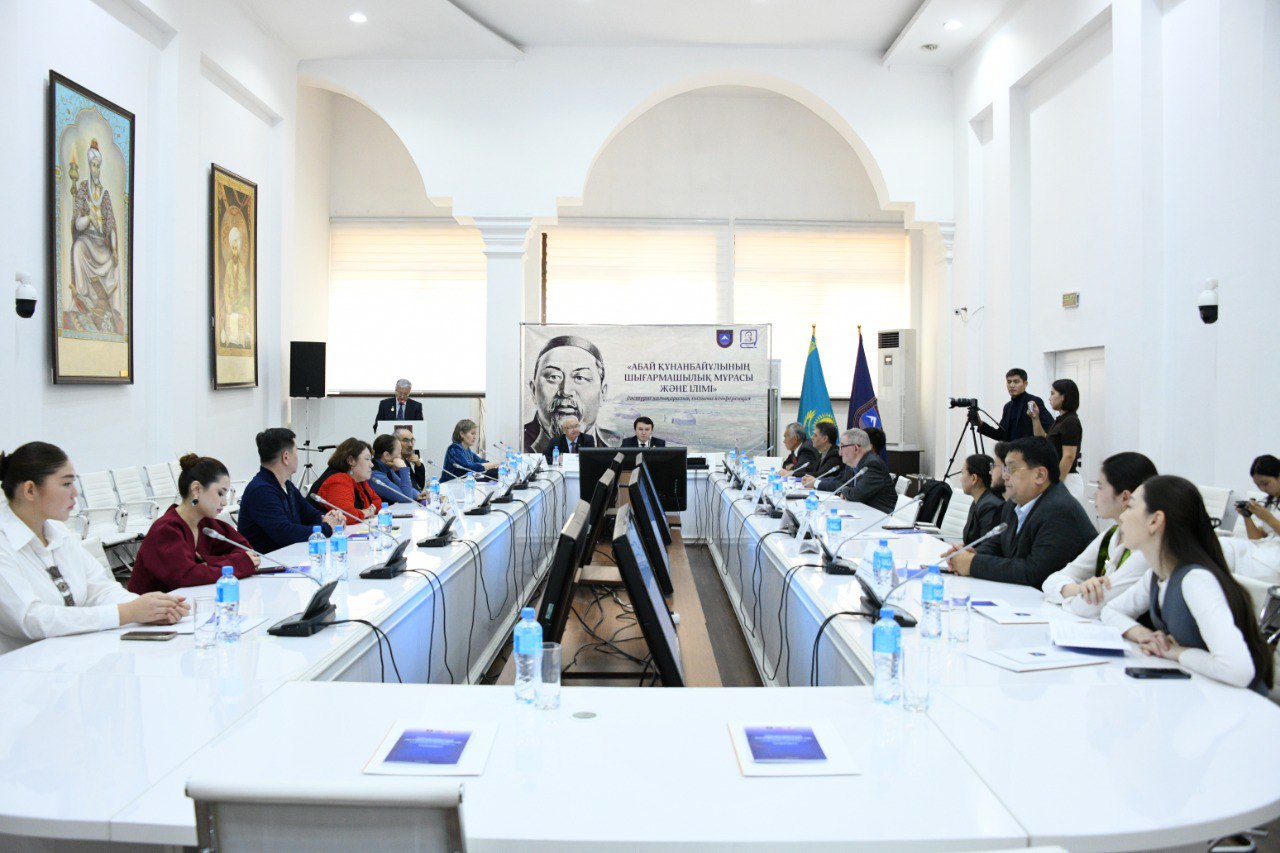Remote educational technologies - Zoom-lectures

During my career in various companies, I often remotely discussed various issues: I participated in seminars, negotiations with colleagues on Skype and WhatApp, once in the Space Flight Control Center I talked on radio communications with our astronaut aboard the ISS Aydin Aimbetov.
But I did not conduct classes remotely with students of Al-Farabi Kazakh National University. Of course, I planned to use online teaching and electronic format. Last year I planned to develop an online course by 2021 as part of the development of Mass Educational Online Courses (MEOC). But fate dramatically accelerated plans, and what I had planned for years had to be done in just a couple of days. I, like many others, moved to online teaching.
To begin with, I tried several applications for video conferencing and remote learning, such as Zoom, Microsoft Teams, Google Meet. Now I am giving lectures and conducting seminars through the Zoom platform. Zoom attracts with simplicity and convenience. The interface, unlike Microsoft Teams, is intuitive. Anyone who creates an account can host a meeting. A free account allows video conferencing for up to 40 minutes. This is comparable to the time of one lecture which lasts 50 minutes. Unlimited duration and number of participants (up to 100 people) costs $ 15 per month. But it’s easier for me to take a natural break and start a new one. This is my life hack).
Zoom is great for group classes, students can enter both from a computer and from a smartphone. Anyone with a link or conference ID can connect to a video conference. I would like to note the advantages of ZOOM:
-Video and audio communication with each participant. The organizer has the opportunity to turn the microphone on and off, as well as turn off the video and request the inclusion of video from all participants.
-Can share screen with sound. The screen demonstration can be paused. Moreover, you can not share the entire screen, but only individual applications.
- An interactive whiteboard is built into the platform, you can easily and quickly switch from a screen demonstration to a whiteboard, draw and print.
-There is a chat in which you can write messages, transfer files to everyone or choose one student.
-You can record a lesson. Conveniently, you can configure auto-recording, as well as pause it.
Obviously, technical means are an additional risk of failure and an additional control zone, so remote learning requires teachers to take significantly more time to prepare and more concentration in the process. But student engagement is also higher. You can clearly demonstrate the training materials personally to everyone.
Before the start of classes, I write in advance to the general chat group, which will have a lesson, a notice that the lesson will take place. Before the start of the lesson, I am sending students a link to connect to the conference. Students connect, I see who and how connected. One funny moment was discovered, those students who were late for real classes were also late for online))).
As a rule, during the lesson I show only the screen, as students know me well and have seen me many times, and there is no particular need and benefit to see my physiognomy)), it is much more useful to demonstrate some interesting slide. During the lesson, I stimulate the participation of students: I ask questions, comment on the answers. Periodically during the class I ask students whether they hear me, and whether it is good, because sometimes there is a break in communication. Sometimes I have to repeat, often students lose contact with the conference due to overload. Students relate to a situation with understanding. I also have an understanding, since in general there are no problems, because immediately after the end of the lesson I upload the presentation and video of the lesson to the university system “Univer”, and students can download and listen to the lecture again without missing anything.
The main disadvantage of remote education - it requires high self-organization from the student in preparation for classes and concentration in the direct process of the lesson, as the home environment is relaxing. Also, not everyone can retire, so that nothing interferes with their studies. For lecturers, the minus is that it is necessary to readjust to a new form of work; more time and effort is also spent on preparing for the lesson. In addition, it is more difficult to control the involvement of students, if at the university you can simultaneously and constantly see everyone and visually see how students understood the material, then with online training often students are not visible clearly. It is also quite difficult to conduct exams and control, although these difficulties can be solved.
In general, I consider this experience to be positive, and I plan to actively use the online platform in the future based on the MEOC platform of Al-Farabi Kazakh National University after quarantine.
Other news


